
Cross-laminated timber (CLT) is slowly creeping its way into the U.S. market, and for good reason. Originally developed in the early 1990s in Austria, CLT is an innovative wood product that serves as a solid alternative to concrete, masonry, and steel. It’s considered a heavy-mass system, so it’s mainly seen action in mid-rise and high-rise builds, but has crept its way into the residential world in the green-home market. There are only a few manufacturers in the U.S. currently, but more have popped up since CLT entered the IRC as a code-compliant construction material in 2015.
What exactly is cross-laminated timber?
Cross-laminated timber is a prefabricated building material that streamlines the framing process dramatically. The panels are custom-built to meet the building’s specifications and then crane-guided into the correct spot on-site. North American CLT panels are usually three, five, seven, or nine layers of 2×6 lumber.
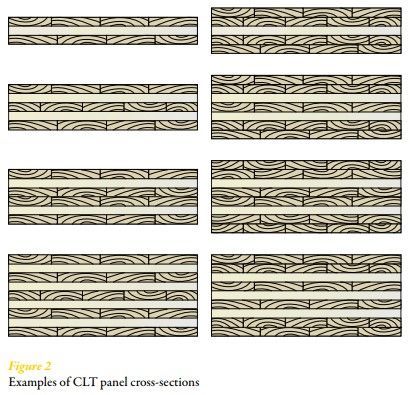
The panels are made fairly simply. First, the lumber is selected. SmartLam—the first U.S.-based CLT manufacturer—uses only Douglas fir, western larch, and SPF wood grade 2 or better. The lumber is then kiln-dried to a moisture level of ~12%, and checked for defects in the wood, which are removed. After the lumber is trimmed and finger-jointed to length, the boards are stacked with each layer perpendicular to the one below it. The stacked boards are sprayed with an adhesive and pressed in a hydraulic press, cut to size, and then finished in a CNC fabricator. The result is a sturdy, energy-efficient, and easily installed wood panel.
How it’s used
Besides the environmental benefits of CLT, most of its appeal stems from the time saved during the framing process. The panels are prefabricated and delivered to the job site already cut to size and ready for installation. Very few adjustments, if any, need to be made on-site, assuming the original plan was correct and followed properly. Due to the size of these panels, the construction site will need to have a mobile crane to help guide the puzzle pieces into their respective spots. When working with CLT panels—like any other structure—the manufacturer and project engineer will have specified fasteners and connections. Sloan Ritchie, in an article about his CLT construction experience, writes, “The overall lesson here is that a builder who has the opportunity to use CLTs needs to systematically think through everything. Given enough upfront planning, it’s a great system that creates a high-quality result.” On-the-spot adjustments are not an option with this material, so a perfect layout and plan are necessary. With that said, the time saved working with CLT is impressive. Ritchie framed his project in three weeks compared to the eight to 10 weeks he estimated stick-framing would have taken.
Is cross-laminated timber worth it for residential use?
It depends. A thesis submitted by Brad Burbank in pursuit of a Master’s degree in Civil and Environmental Engineering at the Colorado School of Mines tackles this exact question. He ran a study that estimated how long it would take and how expensive it would be to build the same house using three different materials—light-framed wood, cross-laminated timber (“Simplified” in the chart below), or a combination of dimensional lumber, Glulam, Parallam, and cross-laminated timber (“Optimized” in the chart below). He discussed each design with the appropriate experts to obtain accurate cost and build breakdowns. What the study found was fairly simple. CLT builds were exceptionally fast to frame, and very expensive. In their specific model (1850 sq. ft., 3 bed, 2 bath, additional office area, and unfinished basement), the total project costs for the light-framed wood build was $393,085 while the optimized CLT build was $476,545 (see image below for the cost breakdown).
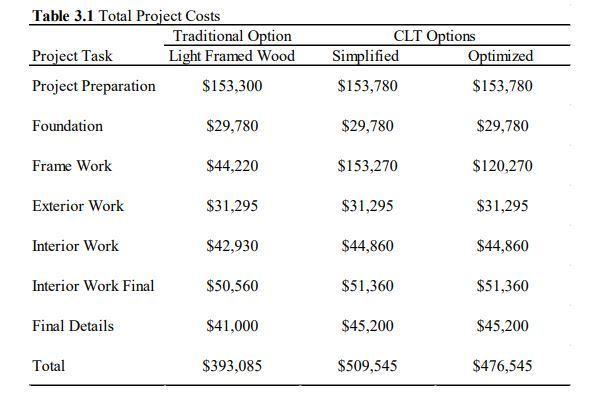
Although the cost of the optimized build is 21% more expensive than the light-framed wood build, it took 22 fewer days to complete—almost a month’s worth of time saved. Note, these estimates are from 2015 in Colorado, so the exact price may vary from place to place, although CLT is definitely more expensive nationwide. CLT is fairly new to the market, however, and pricing will most likely decrease as more manufacturers start producing this material. Depending on your needs, some of the CLT benefits might make it worth the extra money. CLT panels have exceptionally effective lateral load-resisting system, making them especially resilient to seismic activity, so if you’re building in an area with high seismic activity, CLT might offer a safer structure. The panels are also solid and can be manufactured to specific thicknesses allowing nearly zero air infiltration. As with any structure, the less air escaping, the easier it is to regulate temperature. CLT structures use about one-third the typical amount of heating or cooling energy, saving homeowners considerable amounts of money each year. Some people worry about the environmental impact, but, in fact, CLT is very environmentally friendly—among other things, the panels create a significant decrease in job-site waste because they’re designed for immediate installation, no extra cutting needed. As of now, CLT definitely warrants consideration for high-end energy-efficient homes, but the price hurts its competitiveness as a building material for the average house.
Where to buy cross-laminated timber
Currently, there aren’t a ton of options for CLT manufacturers in the U.S. given it’s still very new to the States. SmartLam, the first U.S.-based manufacturer, was only just founded in 2012. Katerra, based out of California, is another mass timber product manufacturer that creates CLT, and was founded in 2015. The first CLT plant in the eastern U.S. isn’t even fully operational yet, but International Beams plans to be fully running this September. There are only a few other manufacturers in the U.S., but given CLT’s rise in popularity as of recently, more manufacturers are sure to pop up in the coming years. It’s a fully customized product that requires heavy machinery to produce, so it will never be a “stop by Home Depot and grab the lumber to make your own panels” kind of product. But, CLT’s future is promising and can quickly become a highly competitive option in the residential world.
—FHB editorial intern Jack Cohen
Main image: Oregon State University on Flickr
Fine Homebuilding Recommended Products
Fine Homebuilding receives a commission for items purchased through links on this site, including Amazon Associates and other affiliate advertising programs.

Smart String Line

Original Speed Square

Plate Level




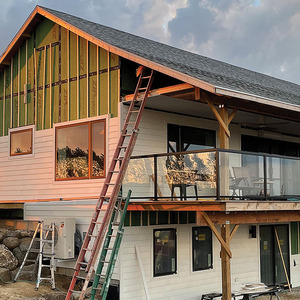
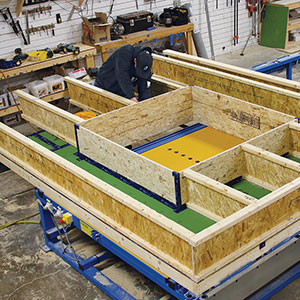







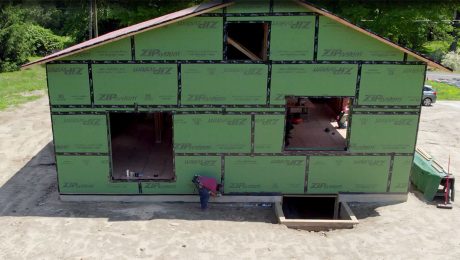
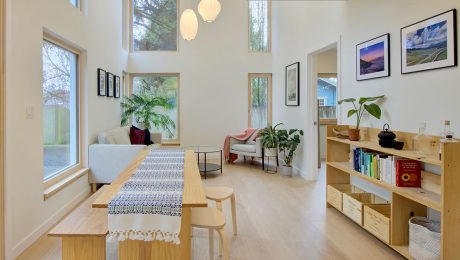
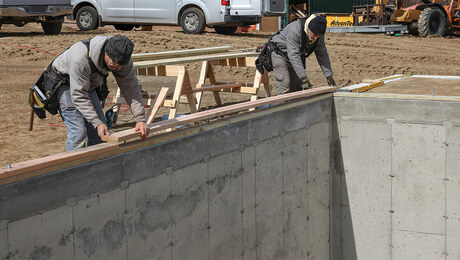










View Comments
What about termites and decay in moist gulf coast areas? Seems like an inefficient use of lumber.